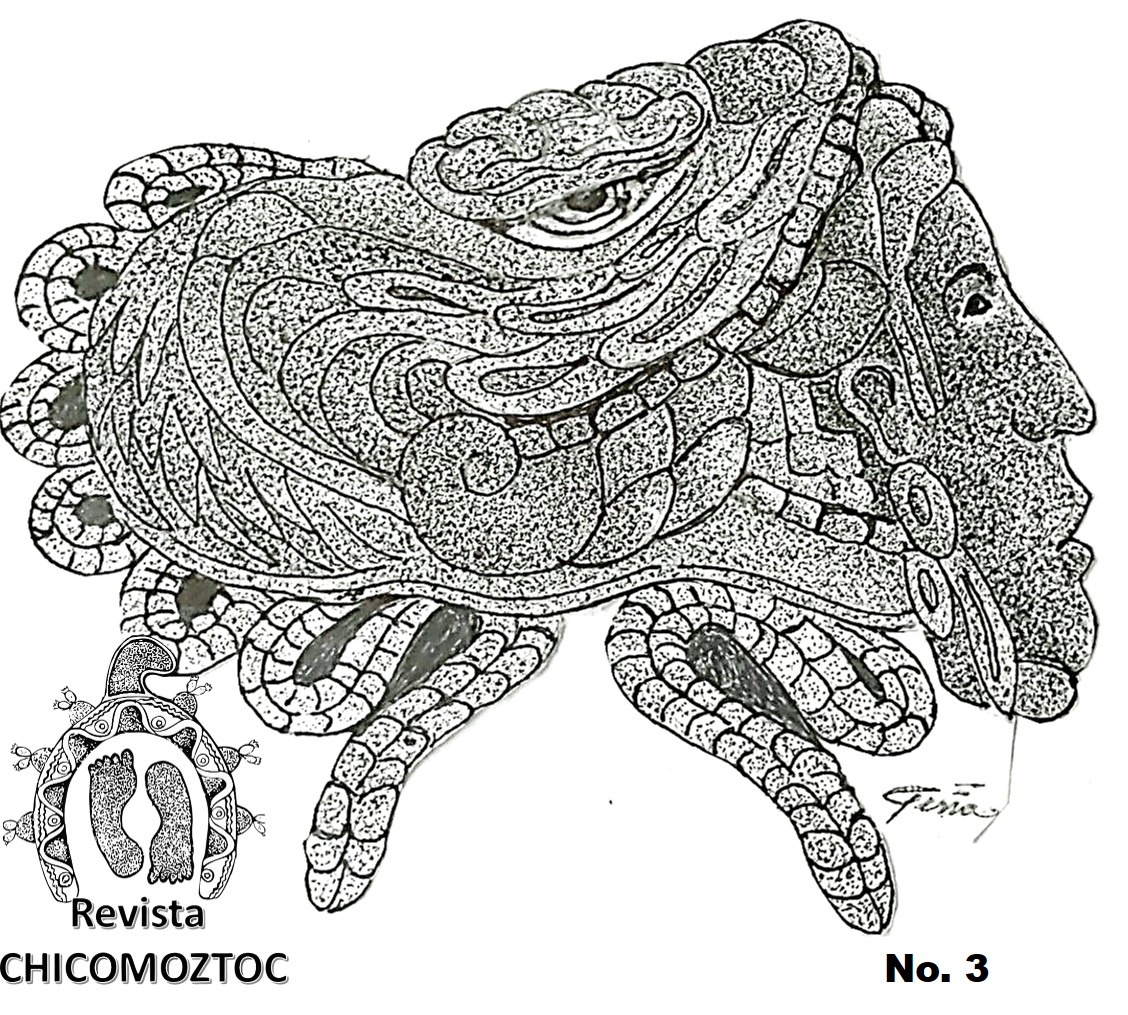Etnoarqueología de la producción de sal en Salinas de Hidalgo, San Luis Potosí (Salinas del Peñón Blanco)
Published 2020-01-10
Keywords
- Salt,
- Saltierra,
- Salinas,
- Peñón Blanco,
- Ethnoarchaeology
Copyright (c) 2025 Ezra Uriel Haro Patiño

This work is licensed under a Creative Commons Attribution-NonCommercial-ShareAlike 4.0 International License.
How to Cite
Abstract
Salt has always been a strategic resource throughout the world as it is of vital importance for human survival. The previously called Salinas del Peñón Blanco in the State of San Luis Potosí, were the ones that produced the most salt and saltierra (salt impregnated with earth) as the main ingredient for almost 400 years. The salt produced in this salt flat was used in the extraction of silver from ore through the so-called “patio process” ("método de patio") , in the main mining cities of the sixteenth to nineteenth centuries, as well as for feeding cattle. The methods and techniques of salt production remained almost unchanged from the Spanish invasion in the mid-16th century until the 19th century, so the current salt production is analyzed from ethnography, archeology and ethnohistory. Current production methods are described and their implications for archeology are analyzed.

